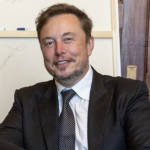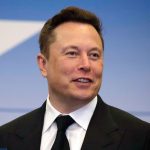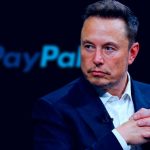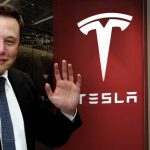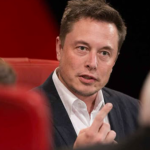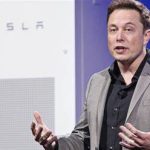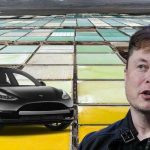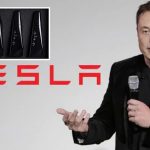🚀 Elon Musk and The Boring Company: Building the Future of Urban Transportation 🚇
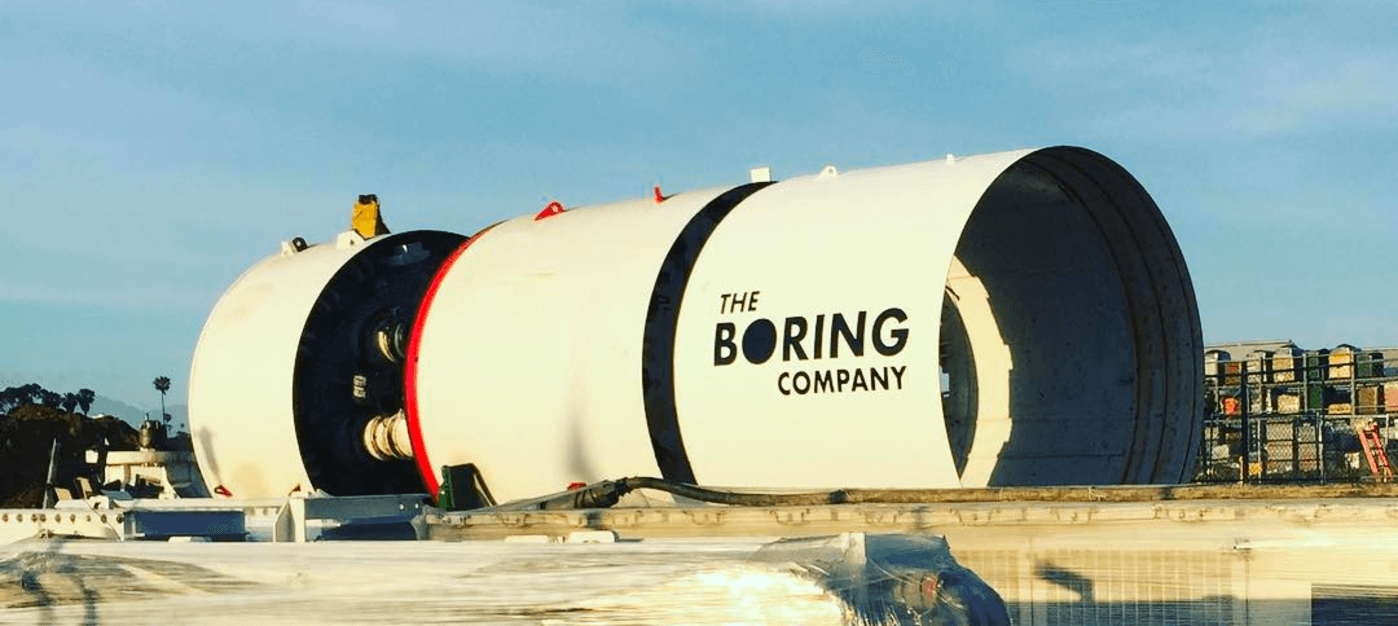
🚀 Elon Musk and The Boring Company: Building the Future of Urban Transportation 🚇
Urban traffic congestion is a persistent and growing headache for cities worldwide, a tangled mess of idling cars, honking horns, and frustrated commuters. It strangles economic productivity, erodes quality of life, and pumps harmful emissions into an already strained environment. In the United States alone, traffic jams cost the economy over $160 billion annually in lost time and fuel, while the average commuter spends nearly 54 hours a year stuck in gridlock. Globally, the problem is even more acute in megacities like Los Angeles, Mumbai, and Beijing, where sprawling populations and limited infrastructure collide. Into this chaos steps Elon Musk—serial entrepreneur, founder of Tesla and SpaceX, and a man who thrives on solving the unsolvable. His latest brainchild, The Boring Company, isn’t just another startup—it’s a bold, audacious bid to revolutionize urban transportation by digging beneath the surface of our cities.
The Boring Company, founded in 2016, emerged from Musk’s frustration with Los Angeles traffic, a personal gripe he famously vented on Twitter: “Traffic is driving me nuts. Am going to build a tunnel boring machine and just start digging…” What began as a half-joking rant quickly morphed into a serious venture, one that reflects Musk’s knack for turning wild ideas into tangible realities. The core concept is deceptively simple: bypass the clogged streets above by building a network of underground tunnels where vehicles can zip along at high speeds, free from the stop-and-go misery of surface congestion. Rather than pouring concrete for wider roads or stacking more overpasses—solutions that often just kick the can down the road—Musk proposes exploiting the untapped, three-dimensional space beneath our feet. It’s a radical rethink of urban mobility, one that promises efficiency, sustainability, and a futuristic flair straight out of science fiction.
At the heart of The Boring Company’s vision is the “Loop” system, a network of tunnels designed to whisk passengers and vehicles through cities at speeds far beyond what’s possible on gridlocked streets. Picture this: you step into a sleek, electric-powered pod—perhaps a modified Tesla Model 3—parked at a surface station. The pod descends via elevator into a tunnel, where it’s mounted onto an autonomous electric sled. With a quiet hum, the sled accelerates to speeds of up to 150 mph (240 km/h), gliding through a smooth, dimly lit tube while the chaos of rush hour fades above. The first real-world test of this concept came to life at the Las Vegas Convention Center (LVCC) in 2021. Spanning 1.7 miles with three stations, the LVCC Loop slashed travel times across the sprawling complex from a 45-minute walk to a 2-minute ride. During major events like CES, it’s ferried thousands of passengers daily, proving that Musk’s underground dream can work—at least on a small scale. The system’s reliance on Tesla vehicles and clean energy ties it neatly into Musk’s broader ecosystem, blending sustainability with high-tech convenience.
.jpg?1545204360)
But the Loop is just the appetizer. The Boring Company’s grander ambition lies in the “Hyperloop,” a supercharged transportation system that could redefine how we move between cities. First proposed by Musk in a 2013 white paper, the Hyperloop envisions pods traveling through near-vacuum tubes at speeds approaching 760 mph (1,200 km/h)—faster than most commercial jets. By reducing air resistance in a low-pressure environment, the system could shrink a 6-hour drive from Los Angeles to San Francisco into a 35-minute jaunt, or turn a 3-hour trip from New York to Washington, D.C., into a 30-minute breeze. Powered by renewable energy, with sleek pods levitating on magnetic tracks, the Hyperloop promises a future where distance is no longer a barrier—a world where you could live in one city and work in another, hundreds of miles away, without blinking. It’s a vision that’s captured the imagination of engineers, futurists, and commuters alike, even as it teeters on the edge of feasibility.
The potential impact of these projects is staggering. The Loop could transform urban centers by freeing up surface space—imagine streets reclaimed for parks, bike lanes, or pedestrian plazas instead of endless asphalt. It could cut commute times, boost productivity, and reduce the carbon footprint of transportation, a sector responsible for nearly 30% of global greenhouse gas emissions. The Hyperloop, meanwhile, could stitch together regions into “super-cities,” where economic and social ties flourish across vast distances. A trip from London to Paris in under 30 minutes? A commute from Houston to Dallas in 20? These aren’t just conveniences—they’re game-changers, reshaping how we live, work, and connect. For Musk, it’s all part of a larger mission: to accelerate human progress, whether that’s through electric cars, space travel, or now, subterranean transit.
Yet, for all its promise, The Boring Company faces a tunnel’s worth of challenges. Digging underground isn’t cheap—traditional tunneling costs can soar to $1 billion per mile, driven by labor, machinery, and the sheer complexity of boring through rock, clay, or urban foundations. Musk aims to slash that price tag by a factor of ten, using innovations like smaller tunnel diameters (just 12 feet wide for the Loop, versus 20-30 feet for subway tunnels), faster boring machines, and repurposed soil turned into construction bricks. The company’s custom-built “Prufrock” machine, for instance, can reportedly dig at speeds up to six times faster than industry standards, churning through earth like a mechanical mole on steroids. Still, scaling this tech to build sprawling networks remains unproven, and costs could balloon if geological surprises—like hidden aquifers or fault lines—rear their heads.
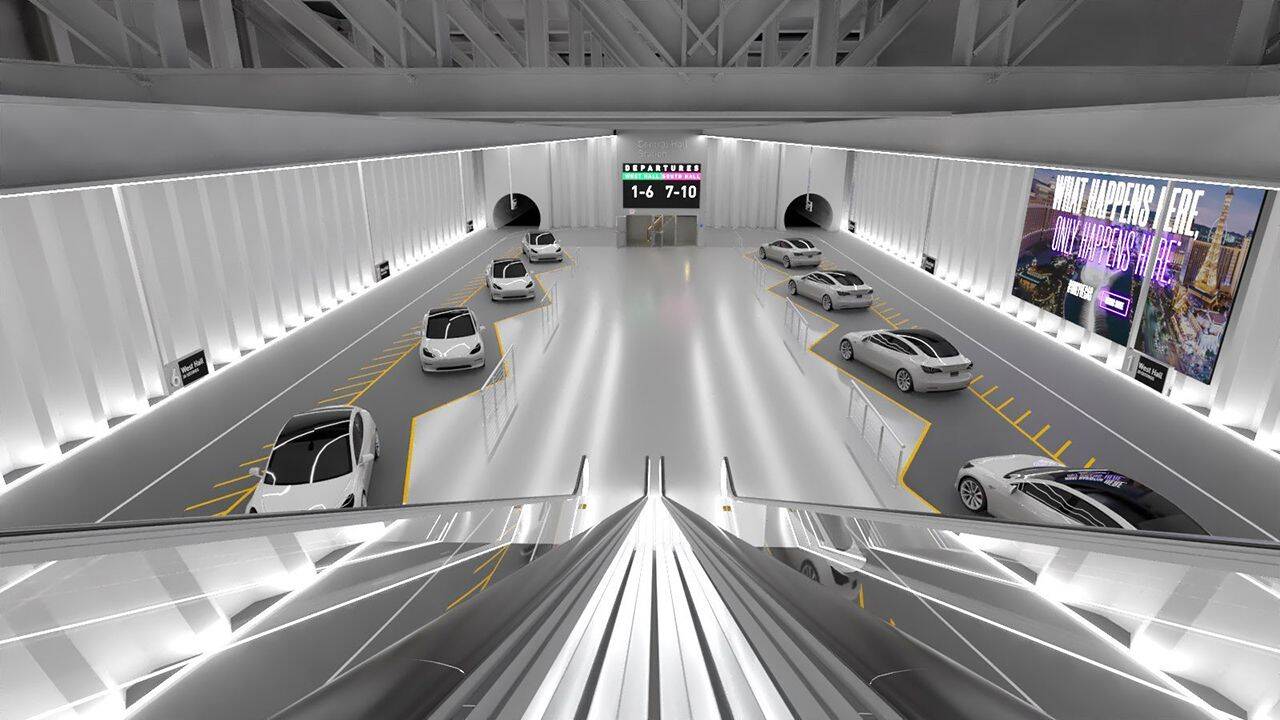
Safety is another hurdle. Tunnels must withstand earthquakes, floods, and fires while ensuring passengers can evacuate in emergencies. The LVCC Loop, with its relatively shallow depth and short span, sidesteps some of these risks, but a citywide system or a high-speed Hyperloop would demand rigorous engineering—think reinforced walls, redundant power systems, and airtight seals for vacuum tubes. Then there’s the regulatory maze: securing permits to dig beneath cities, navigating property rights, and convincing skeptical officials that underground pods won’t disrupt utilities or collapse streets. Musk’s charm and track record help—SpaceX landed humans on the moon in this hypothetical 2025 timeline, after all—but bureaucracy moves slower than a rush-hour crawl.
Critics also question the practicality. The Loop’s Las Vegas debut, while functional, has been mocked as a “glorified Tesla taxi service,” with drivers manually steering cars through tunnels instead of the fully autonomous sleds Musk promised. Capacity is another sticking point—current designs handle far fewer passengers than a subway, raising doubts about whether it can truly dent urban congestion. The Hyperloop, meanwhile, remains a prototype, with test tracks in California and Nevada hitting speeds of 300 mph but nowhere near the 760 mph target. Detractors argue that Musk’s focus on flashy tunnels distracts from proven solutions like expanded public transit or bike infrastructure—cheaper fixes that don’t require reinventing the wheel (or the road).
Yet Musk and The Boring Company press on, fueled by his relentless vision and a knack for defying naysayers. This is the man who turned Tesla from a niche carmaker into a global powerhouse and launched SpaceX rockets when NASA doubted him. The Boring Company has already notched wins beyond Las Vegas—plans are underway for a Loop in Miami, a 29-mile link between Fort Lauderdale and downtown, and talks of a tunnel beneath Los Angeles. The Hyperloop, though still experimental, has spawned a cottage industry of startups and university teams racing to crack its code, inspired by Musk’s open-source blueprint. Each step forward, however incremental, builds momentum toward a future where tunnels aren’t just a novelty but a necessity.
The Boring Company’s projects are more than a fix for traffic—they’re a spark for innovation. They challenge engineers to rethink infrastructure, pushing the boundaries of what’s possible in a world choking on its own growth. A tunnel network could integrate with Tesla’s autonomous vehicles, creating a seamless web of electric transit. The Hyperloop could inspire new materials or propulsion systems, with ripple effects beyond transportation—think energy grids or space habitats. Even if Musk’s grandest dreams don’t fully materialize, the ideas he’s planting could germinate into solutions he never imagined, much like how his Tesla Roadster in space spurred a new era of private spaceflight.
Can The Boring Company really change how we travel? Time will tell, but Musk’s track record suggests betting against him is a fool’s errand. As of March 27, 2025, the company is still digging—literally and figuratively—laying the groundwork for a smarter, faster, greener urban future. Whether it’s a Loop easing the grind of city life or a Hyperloop shrinking the map, The Boring Company is opening a new chapter in global transportation. It’s not just about getting from A to B—it’s about reimagining the journey itself, one tunnel at a time.
